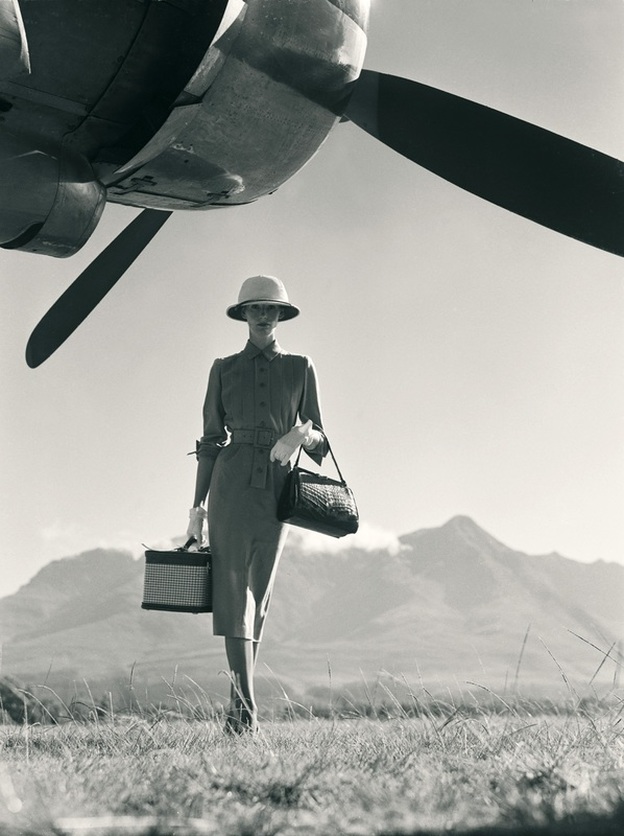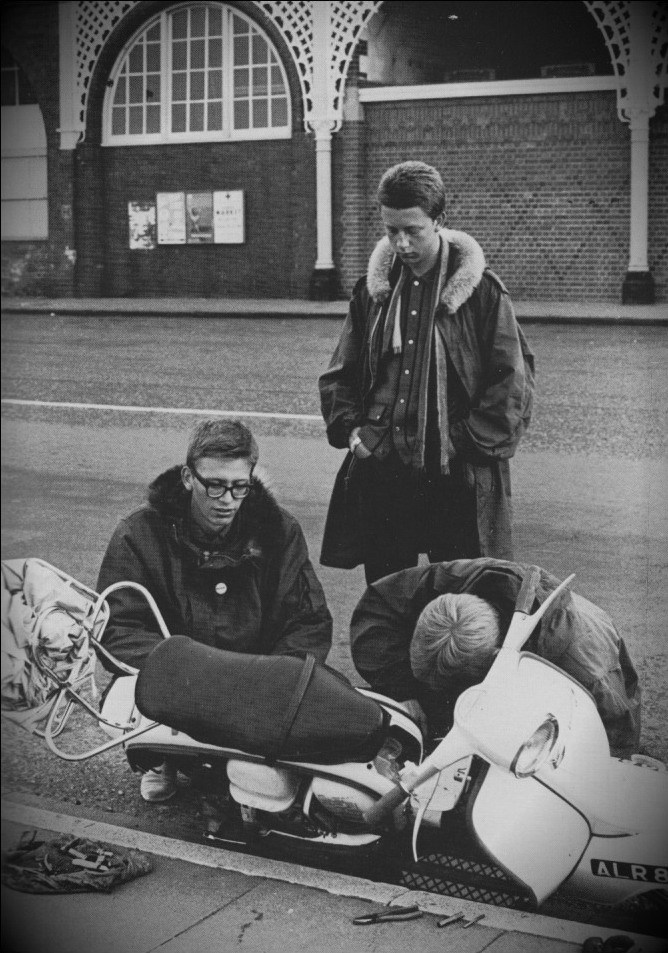Art Movements & Isms
PICTORIALISM
time period : 1880s – 1920s
Key characteristics/ conventions : To make photography an accepted art form. Saw photography a quick and easy process. the point of photography was democratic. The technology at the time was the camera make called kodak. kodak invented a camera called a box camera that were cheap so anyone could buy it.
Daguerreotype was the first publicly available photographic process.
Photography was invented for a scientific purposes.
Artists associated: George Davison, Hugo Haneberg, Alfred stieglitz, Henry peach Robinson
Key works:
Methods/ techniques/ processes: There were many different scientific process, Smearing Vaseline on the camera lenses, used chemicals in the process of the printing. Scratching the negatives
Influences:
EXAMPLES:






REALISM / STRAIGHT PHOTOGRAPHY
Time period: 1920 –
Key characteristics/ conventions : To photograph things as they are without any manipulation. To produce sharply focussed images without manipulating it to change colour or shape.
Artists associated: Paul stand , Alfred Streepridges, walker Evans, Edward westerns
Key works: Family of Man by Bernice Abott, MOMA by John Szarkowski, The Steerage by Stieglitz, Hale Country by Walker Evans, Cubism, Fauvism.
Methods/ techniques/ processes: Explored the ideas of Cubism – Picasso. Soft/crisp focus, wide depth of field, digital photography.
Influences: pictorialism, cubism
EXAMPLES:






MODERNISM
Time period: 1900s – 50s
Key characteristics/ conventions : Photographers began to embrace its social, political and aesthetic potential, experimenting with light, perspective and developing, as well as new subjects and abstraction. Coupled with movements in painting, sculpture and architecture , these works became known as ‘modernist photography’.
Artists associated: Edward Weston, Ansel Adams, Imogen Cunningham, Minor White, Ernst Haas, Saul Leiter, Aaron Siskind, Henry Callahan, Frederick Sommer, Paul Strand.
Key works: Harry Callahan and Chicago (1948), Frederick Sommer and Three Grazes (1985), Paul Strand and Porch Shadows (1916).
Methods/ techniques/ processes: Makes references into photographic techniques inside the art itself such as the form, composition, medium, material, skills, techniques, processes, etc.
Influences:








POST-MODERNISM
Time period: 1910s – 2000s
Key characteristics/ conventions : Used by Postmodernists/Architects who went against the international style of modernist architecture, relativism, used by postmodern artists to explore the way that society proposes the traditional hierarchy of cultural values/meanings, explores power and economic/social forces which shape identities of individuals/cultures, used by female photographers and artists in the 1980s, represents seriality and repetition
Artists associated: Cindy Sherman, Barbara Kruger, Sam Taylor-Wood, Corrine Day,
Key works: : Chapter 5 in ‘Intimate Life’ in which is Charlotte Cotton’s book The Photograph a Contemporary Art, Barbara Kruger and Untitled (Your Body is a Battleground (1982), Corrine Day and Diary (1997), Sam Taylor-Wood and Soliloquy I (1998).
Methods/ techniques/ processes: Postmodernists use text, speak in one voice, photographs/other works consists of having one meaning, the photograph is reproducible and adaptable, blown up, cropped, blurred, used in other medias,
Influences:
